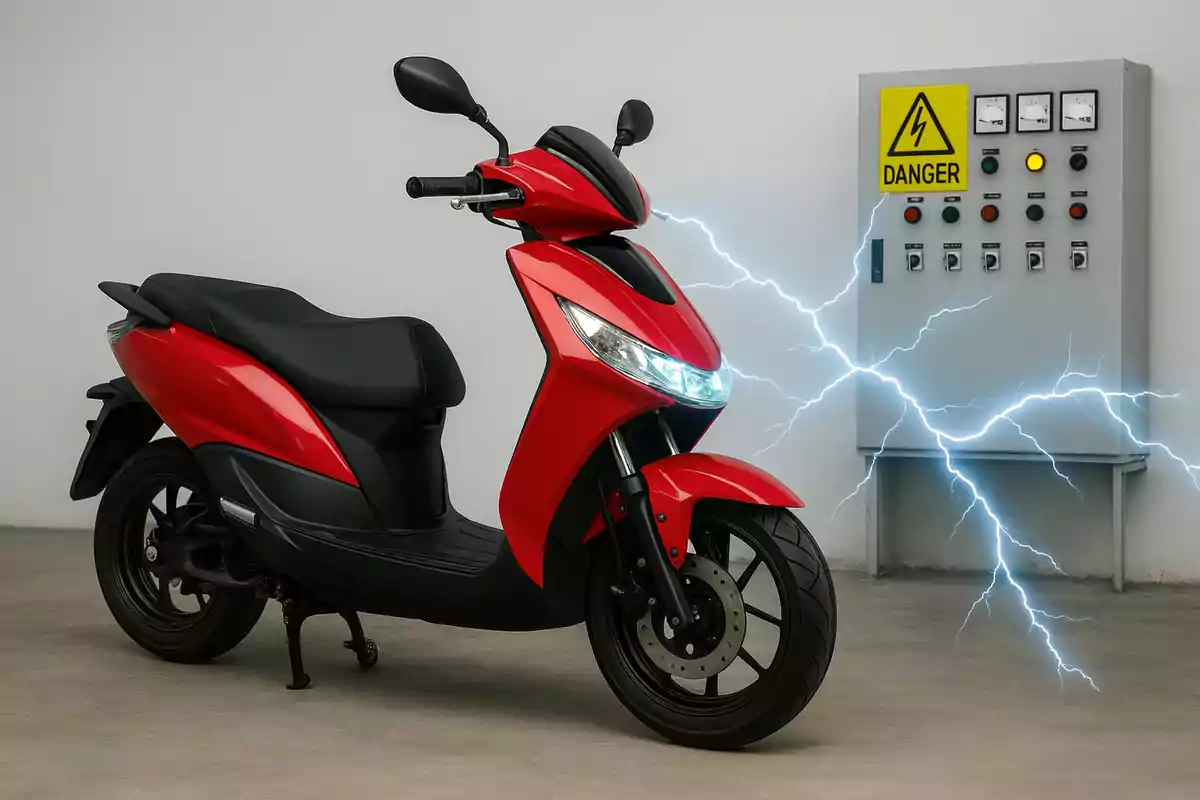
Everything you need to know so you don't get lost in the world of electric motorcycles
Guide with everything you need to know before switching to electric mobility
Electric motorcycles are no longer a promise for the future. They are a reality that's advancing quickly, both in technology and in their presence on our streets.
They're not the majority, not by a long shot, but if you're thinking about making the leap, you need to fully understand what they offer, what limitations they have, and what you should consider before buying.
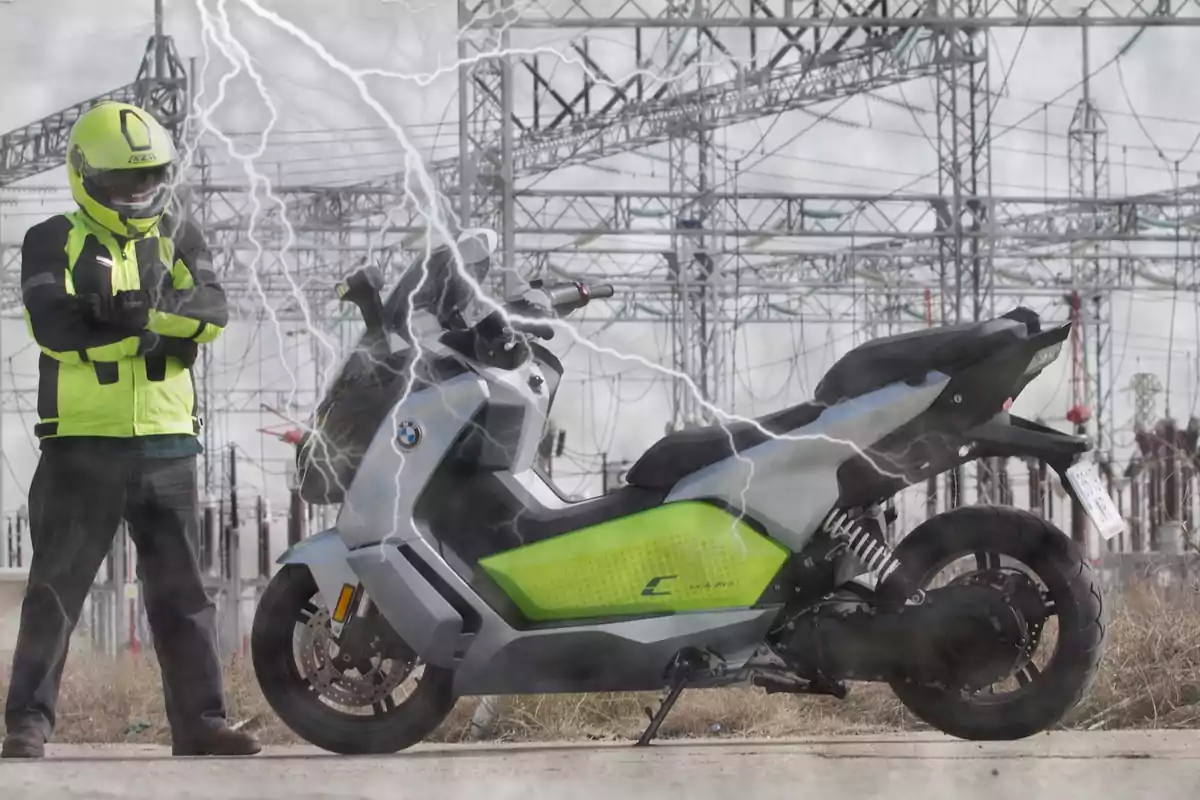
We have already tested almost all those available on the market, even those that have already disappeared. We're starting to have a clear idea of what you can expect from them and what's important.
From that experience, we can advise you with a short, clear, and updated guide, with the key points so you don't get lost when choosing an electric motorcycle.
The context has changed
If you remember, in modern times, you have to go back to the 1990s to recall the first electric motorcycles of our generation.
I remember that Peugeot Scoot'élec or the first Vectrix scooters, more than 20 years ago (over 20 years ago).
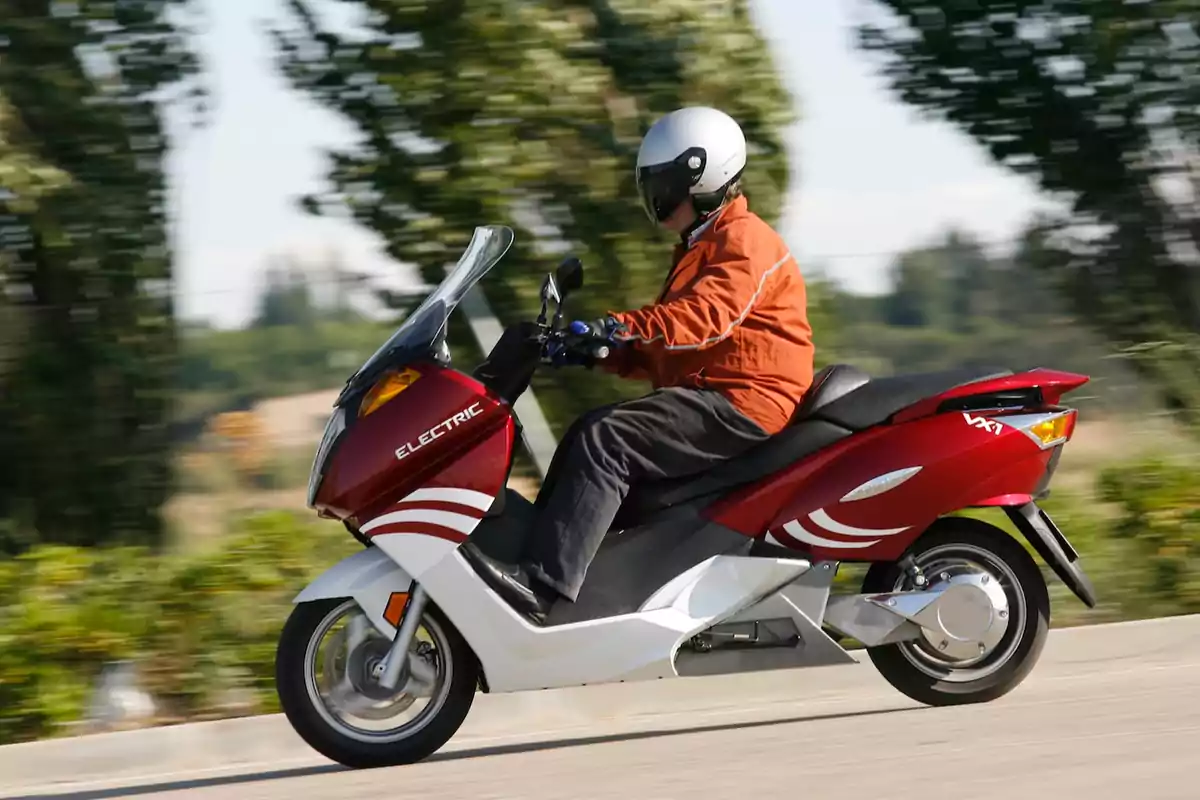
They were almost experimental prototypes. Not anymore. It's no longer a rarity.
However, their history is as old as the motorcycle itself. You find electric motorcycles almost earlier in history than gasoline ones.
In 1867 Franz Kravogl built a two-wheeled cycle with an electric motor. There are many more cases.
They pop up throughout motorcycle history across the entire 20th century. But none of those attempts, as we well know, managed to achieve significant reach.
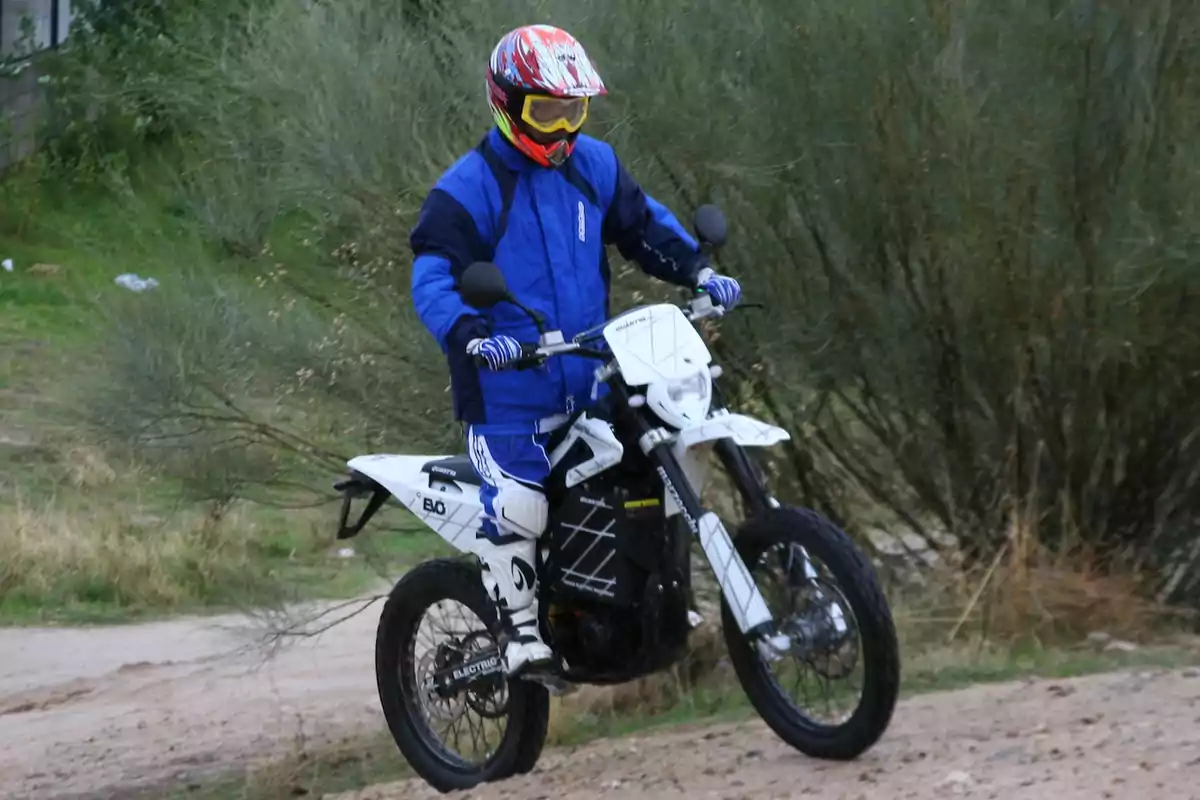
They had to compete with the combustion engine, a technology that, throughout almost the entire 20th century, had many more advantages. These were times when the environment or oil scarcity weren't important.
It wasn't until these last few years that the electric motorcycle has started to make real sense as an alternative.
Better batteries, more favorable legislation, and also a much lower operating cost than a traditional motorcycle have driven it forward.
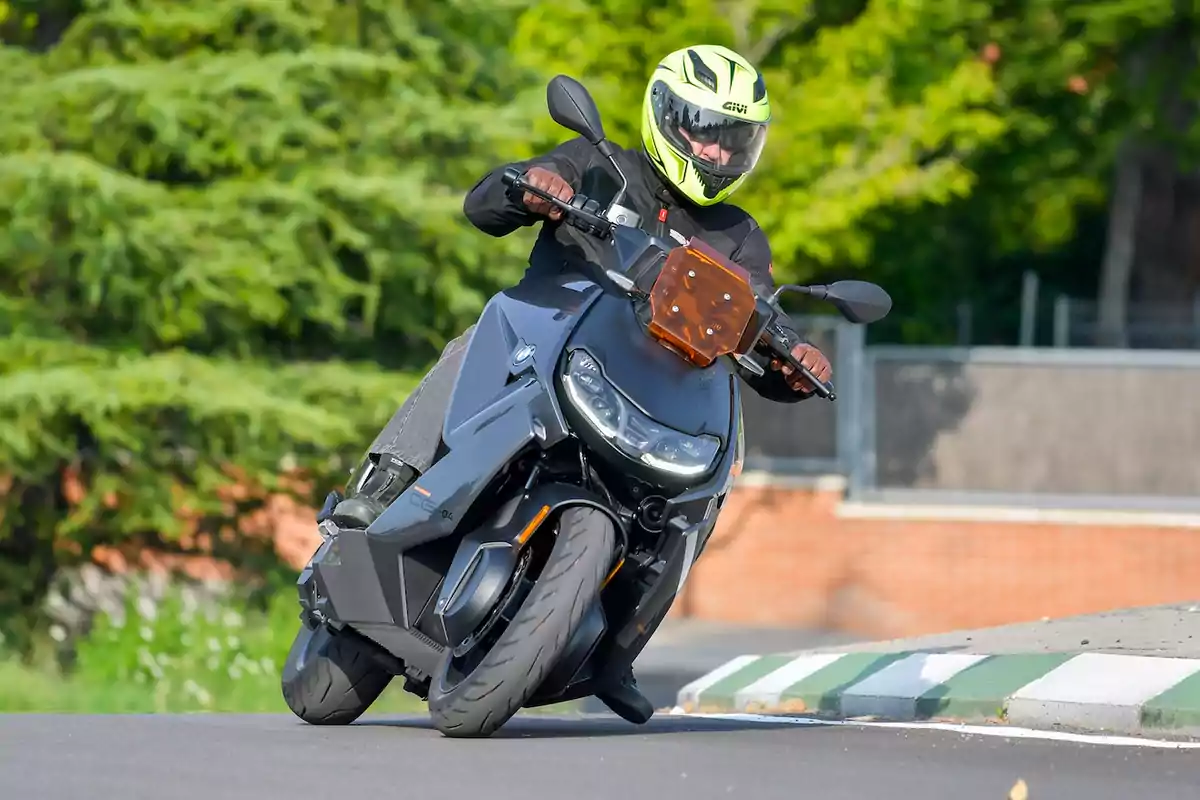
Even so, not everything is an advantage. There are important factors you should know before deciding on one.
The key is knowing what you want it for and whether its technology fits your lifestyle.
Advantages and disadvantages
Among the main advantages of an electric motorcycle is the daily use savings.
The cost per kilometer (0.62 mi.) is very low and with less than one euro you can travel more than 62 mi. (100 km) in many cases.
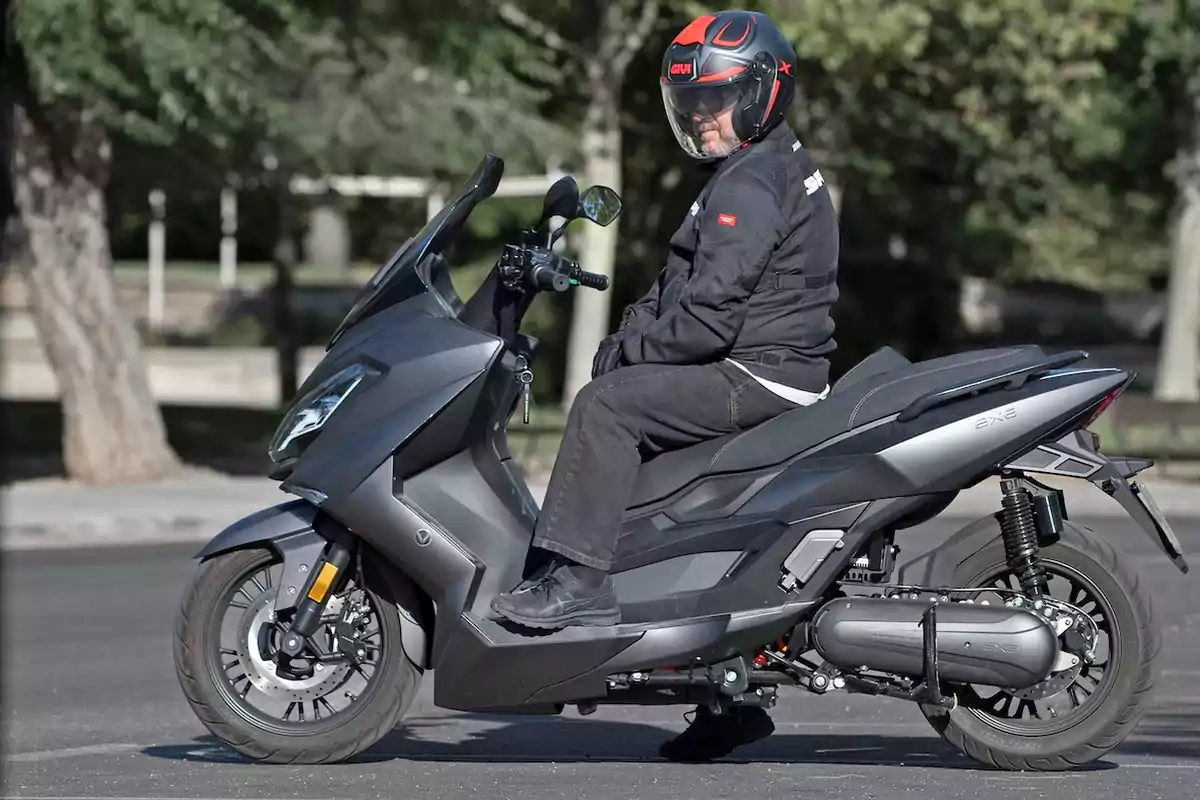
In addition, there's no engine maintenance, oil changes, or clutches to check. Of course, they're quiet and emission-free vehicles at the point of use.
On the other hand, the biggest drawback is still the range. Current batteries still don't allow for long distances except in very expensive high-end models.
To this you must add the charging time. Unless you have access to a fast charger, you may need several hours to fill the "tank."
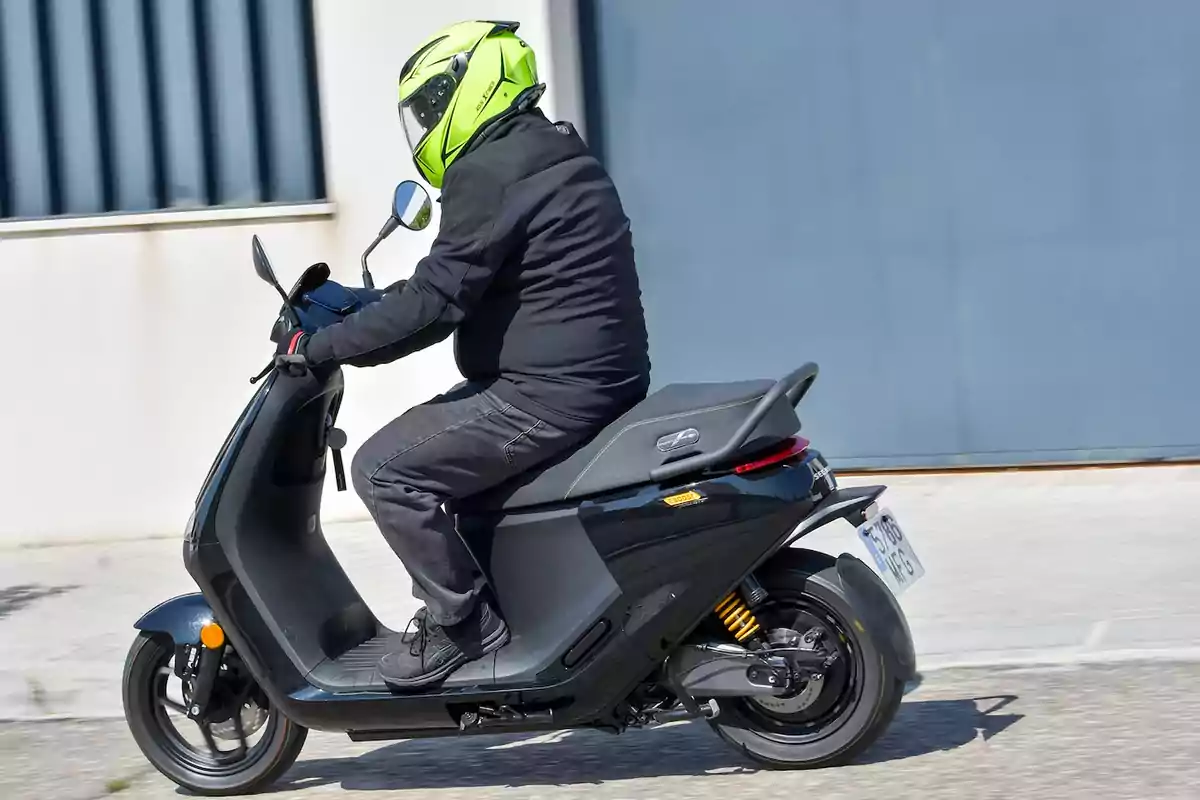
It's not always easy to install a charging point at home, especially if you live in a building with a shared garage.
What has made the electric advance possible
The electric revolution in motorcycles hasn't come from the motor world, but from consumer technology.
Mobile phones and laptops drove the evolution of lithium batteries, which now also power motorcycles.
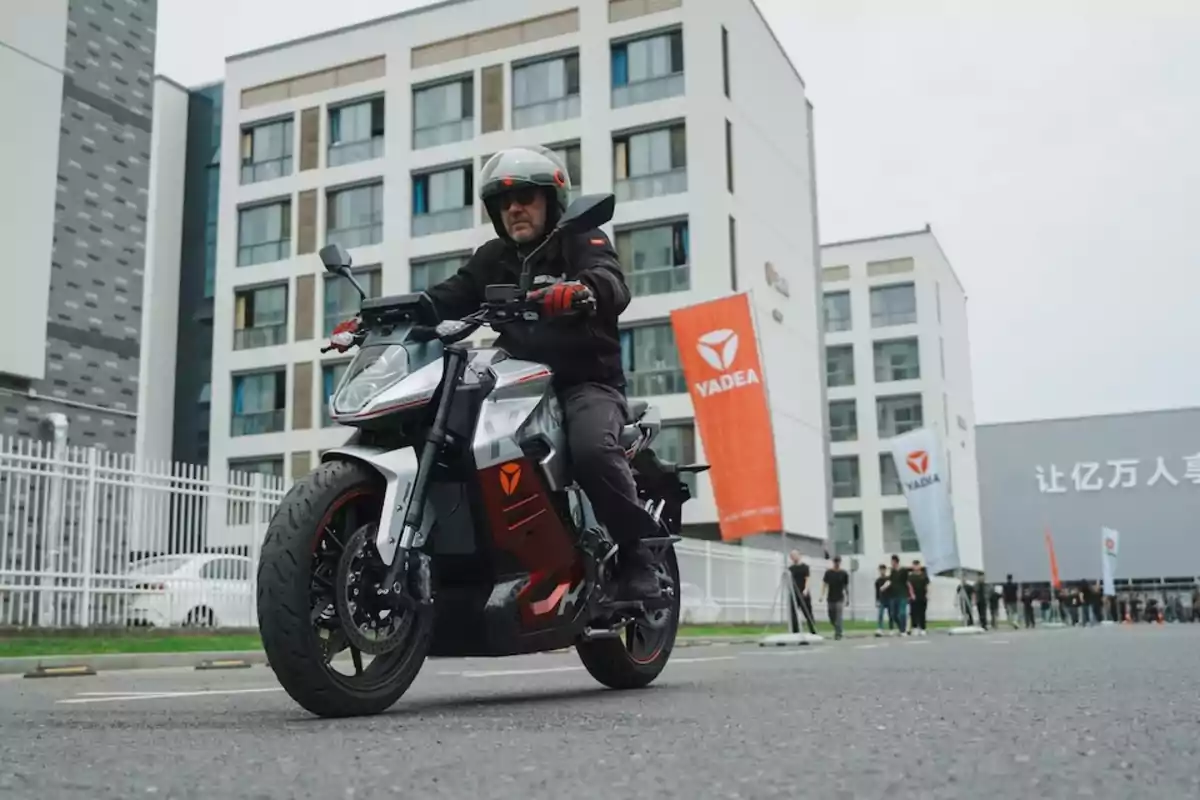
Compared to old lead or nickel batteries, lithium ones offer higher energy density, weigh less, allow more charge cycles, and have less memory effect.
All this has been key for electric motorcycles to start becoming practical for daily use, at least in the city.
It's an ongoing revolution, because lithium batteries are the present. However, a year ago I was able to see for myself how a giant like Yadea is already making sodium batteries. They're more capable, faster, and safer.
What should I know to choose an electric motorcycle?
When choosing an electric motorcycle, these are the key factors you should consider:
1. Battery type
It's the most important part of the whole. Lithium batteries are currently the best option for weight, efficiency, and lifespan.
But keep in mind that not all are the same: there are different chemistries, qualities, and electronic management systems.
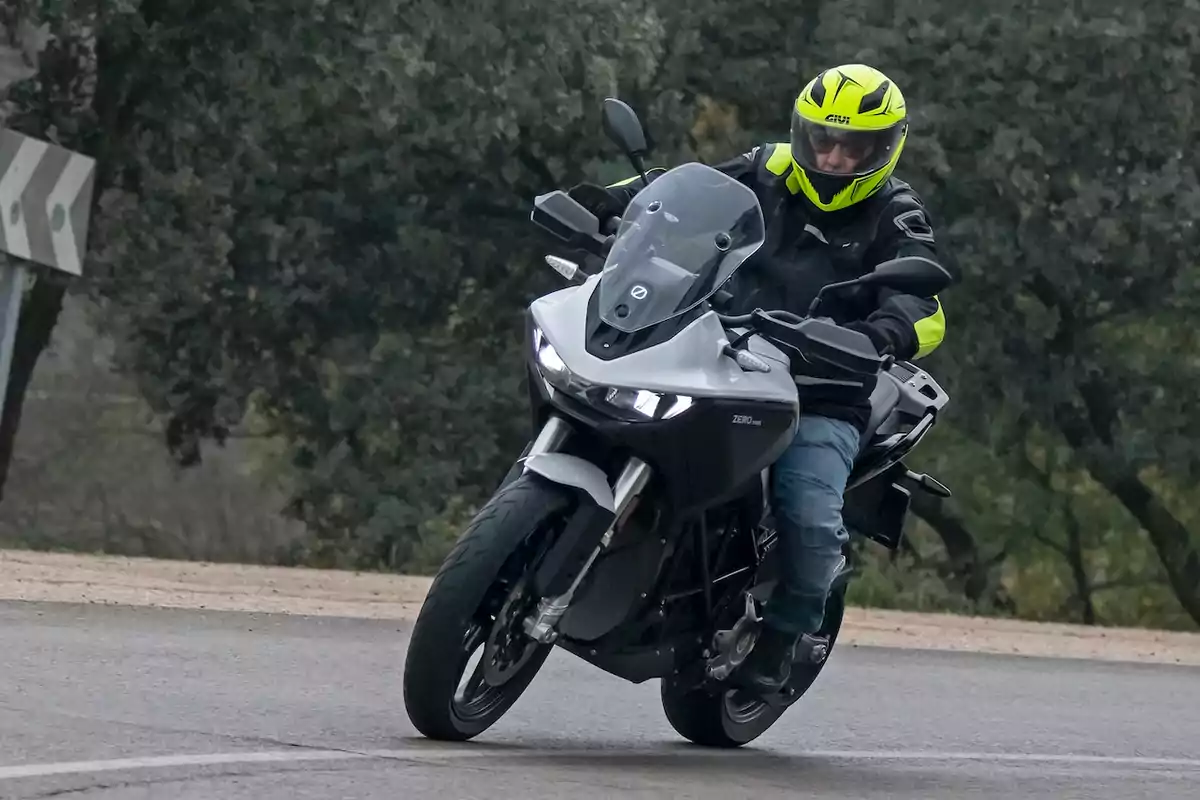
Some motorcycles still use lead or gel batteries, which are cheaper but not recommended.
2. Number of charge cycles
Check the lifespan declared by the manufacturer. One cycle is a full charge.
A battery with 1,000 cycles, for example, should last you between 31,000 and 62,000 mi. (50,000 and 100,000 km), depending on the motorcycle's range.
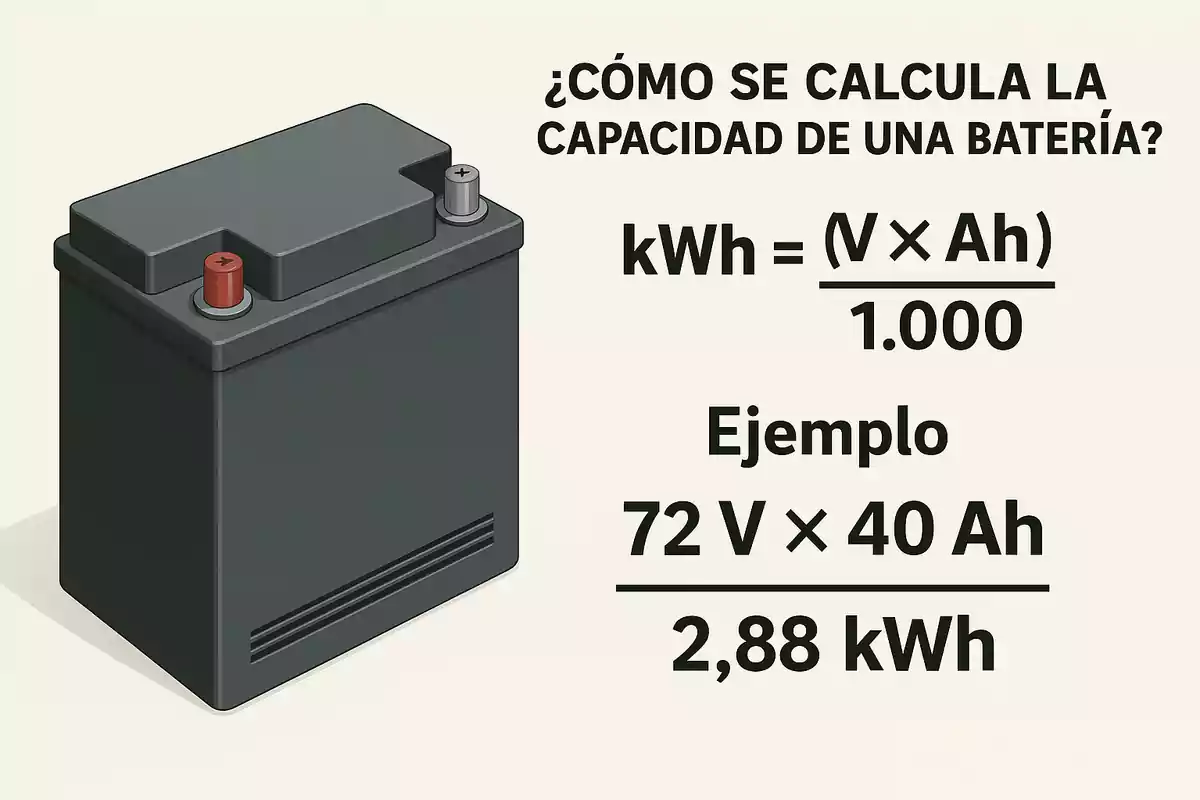
Keep in mind that the battery price can be more than 70% of the total motorcycle price.
3. Capacity and voltage
One of the most important figures when comparing electric motorcycles is the total battery capacity.
This measurement indicates how much energy the battery can store, just like the liters in the tank of a gasoline motorcycle.
The most important brands usually express it in kilowatt-hours (kWh). The leading Spanish scooter Ray 7.7 is named that way precisely because of its battery capacity.
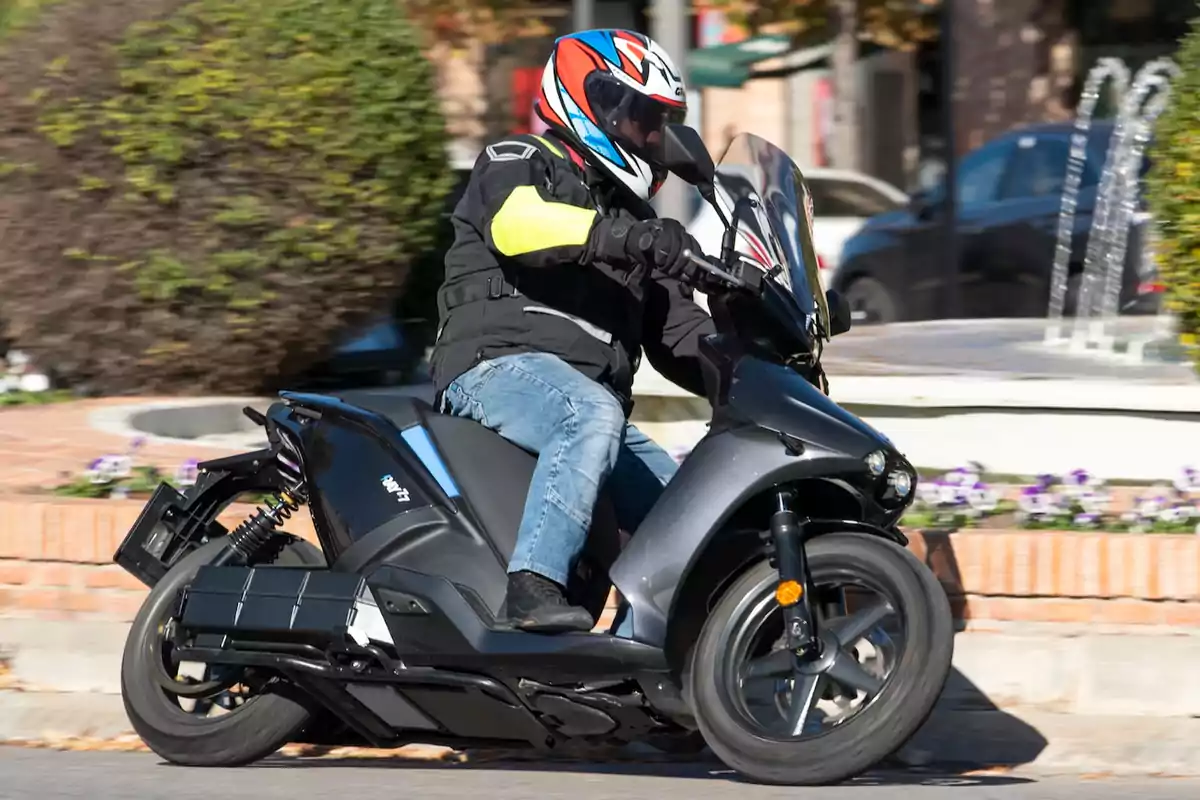
So you know how much "tank" you need: that Ray, in normal use, covers about 62–93 mi. (100–150 km) of range, being a mid-size scooter.
A larger Zero goes up to about 17.3 kWh. It covers about 124 mi. (200 km) of range with calm riding, but it's much bigger and heavier.
Sometimes, smaller brands only give voltage and amperes, but you can convert those "measurements" into the one we care about.
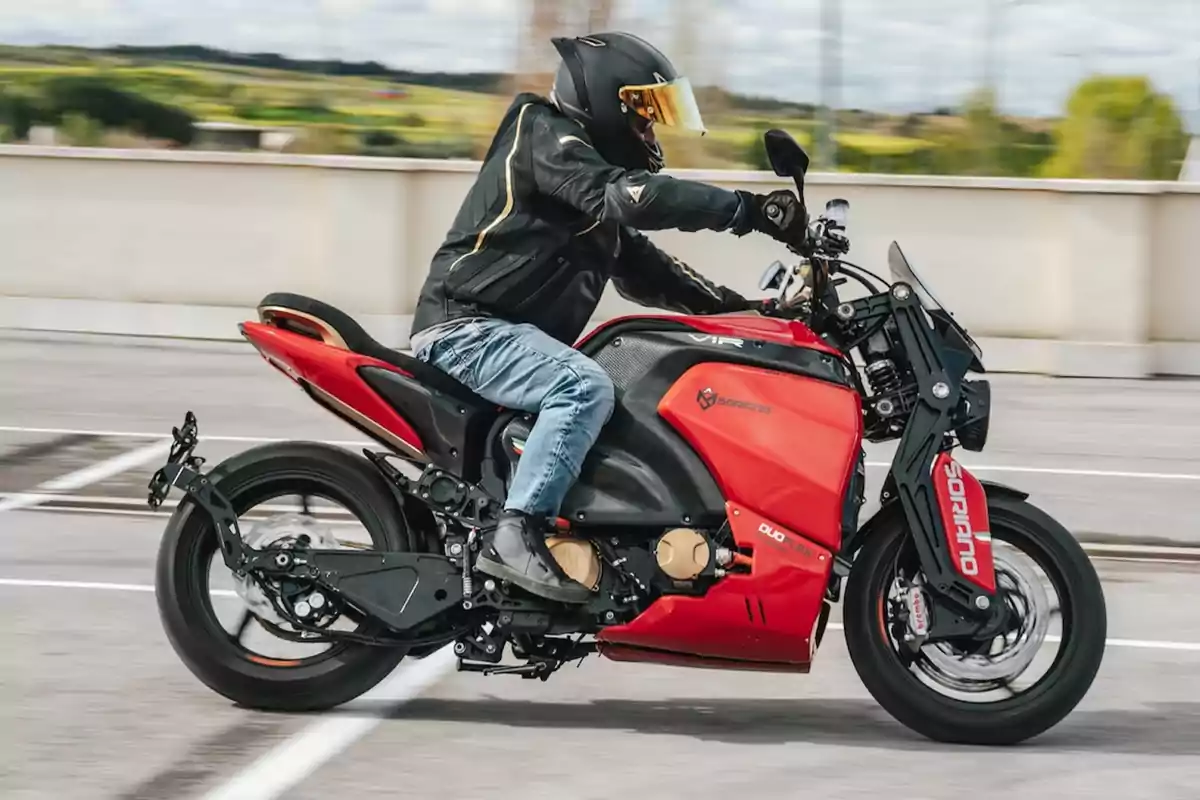
Multiply the battery's volts (V) by its capacity in ampere-hours (Ah) and divide by 1,000: kWh = (V × Ah) / 1,000
The higher this figure, the greater the range the motorcycle will have, although it can also increase weight and charging time.
Don't just stick to these numbers: look at the declared real range and compare it with your usual use.
4. Charging time
Most electric motorcycles need between 3 and 6 hours for a full charge with a home charger.
Some allow fast charging in less than two hours, but require specific charging points.
Also, those fast charges are limited, since they affect the battery's lifespan. If you always fast charge, you'll "kill" the battery quickly. You get the pun.
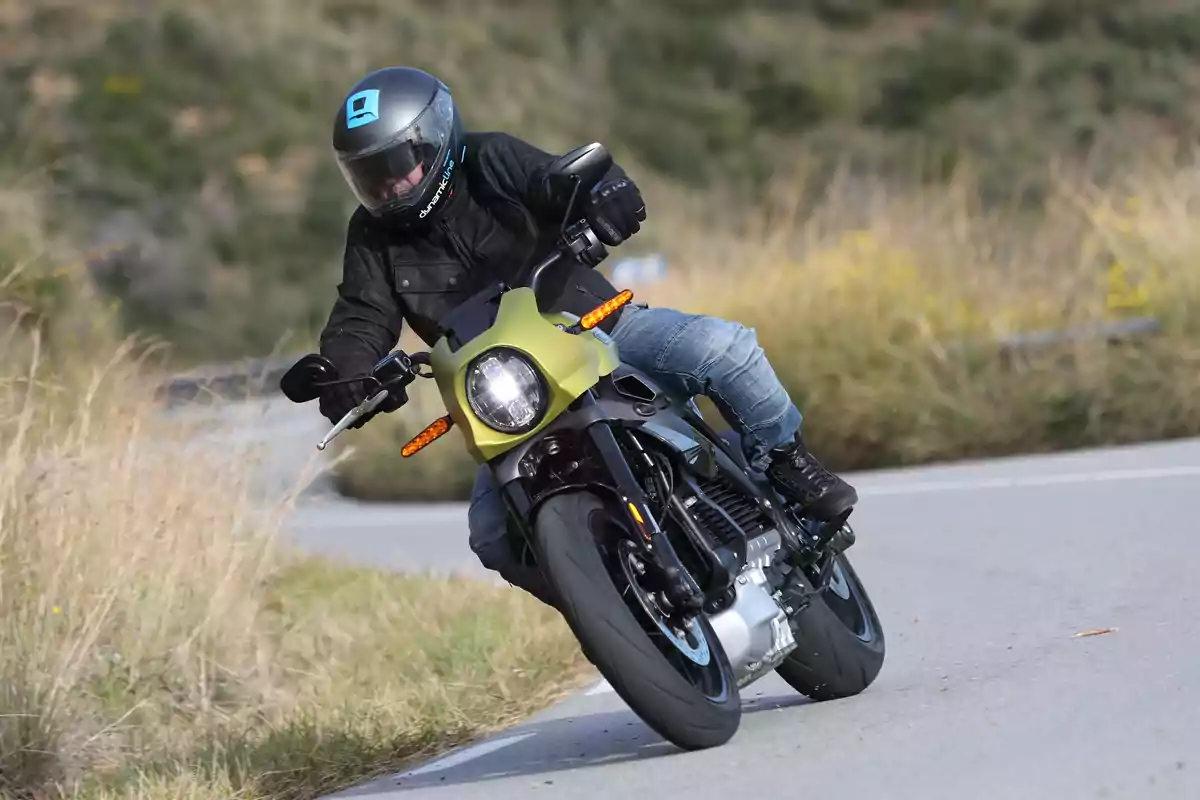
Also, in light scooters and small motorcycles you find removable batteries, which makes charging at home easier.
But keep in mind that getting home with your helmet, laptop, and gym bag can make it hard to carry, in addition, two batteries weighing "x" kg ("x" kg = "x" lbs.).
5. Power and torque
Power is measured in kilowatts (kW), but in fact, legally, we should also talk in kW for gasoline engines.
In any case, it's also usually accompanied by its equivalent in horsepower and, if not, you can calculate it. It's not hard: HP = kW × 1.36
Be careful: many electric motorcycles are electronically limited to comply with regulations or the corresponding driver's license.
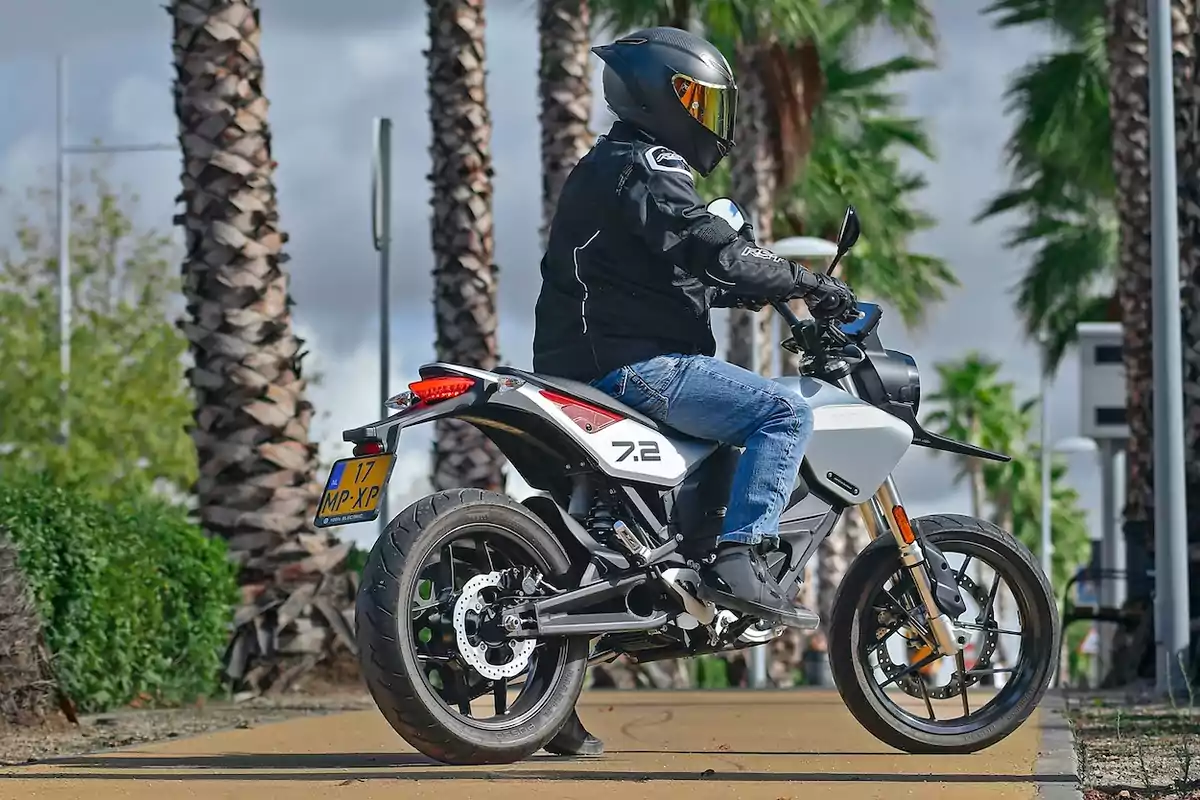
Also, electric motors have constant torque and the maximum torque is always there. Not like gasoline ones, where it's reached at a certain rpm.
In electric motorcycles, generally, the torque curve has been "drawn" to the way the designer wants the motorcycle to deliver power.
Always, at the same power, acceleration will be much better than in a gasoline motorcycle. It's due to this ability to deliver torque from the electric motor.
You can really feel that thrust.
How do you ride an electric motorcycle?
When you get on an electric motorcycle for the first time, you'll notice the near-total silence and the absence of vibrations. There are no gears or clutch, which makes riding much easier.
There were, not many years ago, those Brammo models that did have a gearbox to improve efficiency or the riding feel. They weren't successful.
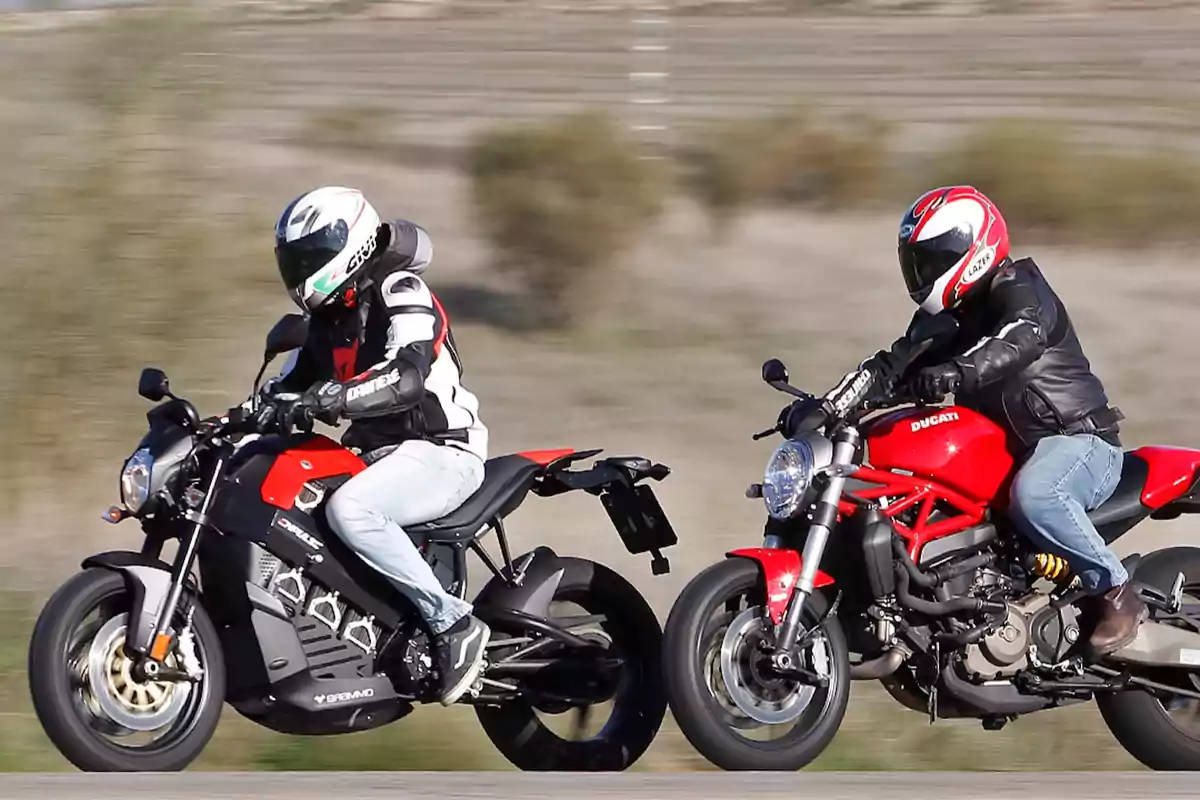
Electric trial motorcycles still have a gearbox due to their special need for different gear ratios. This is just an anecdote for us.
One of the aspects that stands out the most is the instant engine response. There's no delay.
In the city, this translates into clean and direct acceleration. It also requires caution, since opening the throttle suddenly from a standstill can cause an unexpected jerk.
In most cases, you'll notice that there's also no engine braking when you release the throttle, as happens in a gasoline motorcycle.
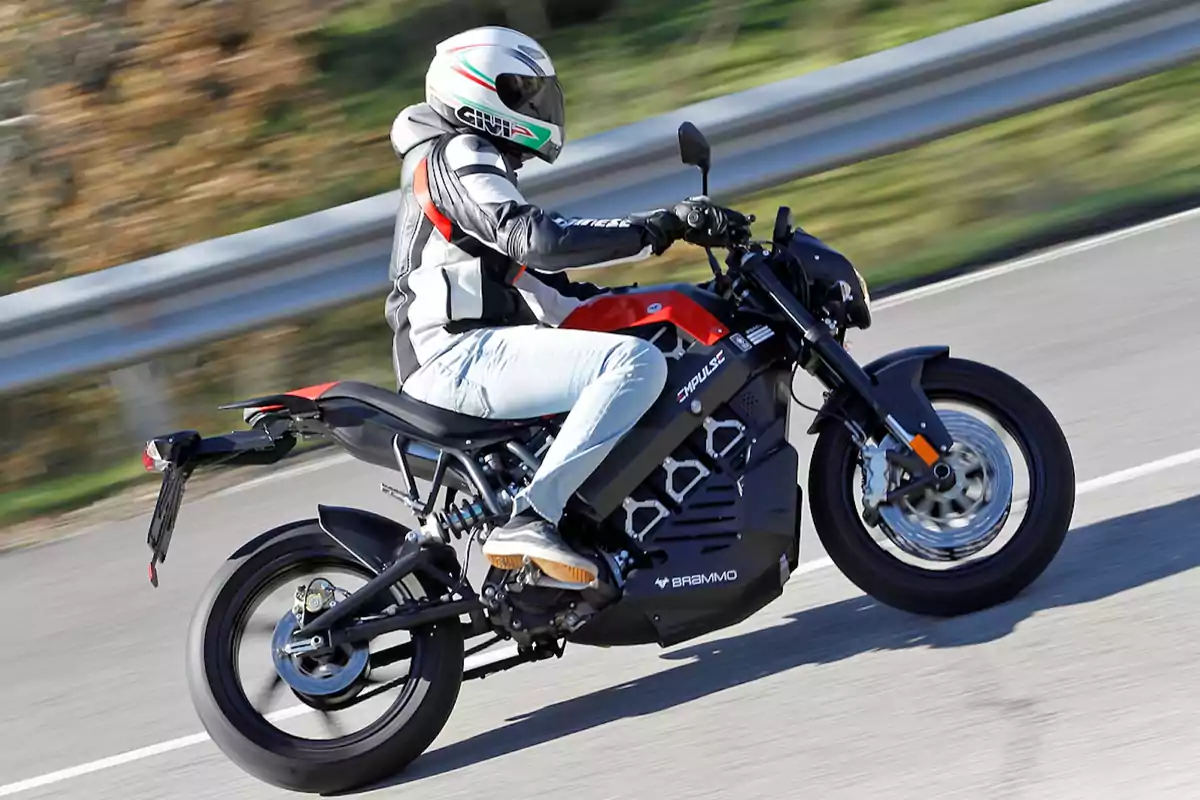
This may mean you need to adapt your riding style.
Some motorcycles have regenerative braking, which works when you close the throttle or brake, and recovers some energy during deceleration.
Although it's not much, it does help improve range and, above all, gives a riding experience closer to what we're used to.
The role of software: the brain of the electric motorcycle
Another essential aspect is electronic management. The BMS (Battery Management System) monitors charging, discharging, temperature, and the general operation of the batteries.
The BMS software is what makes the batteries safe and long-lasting, and also controls the motorcycle's behavior.
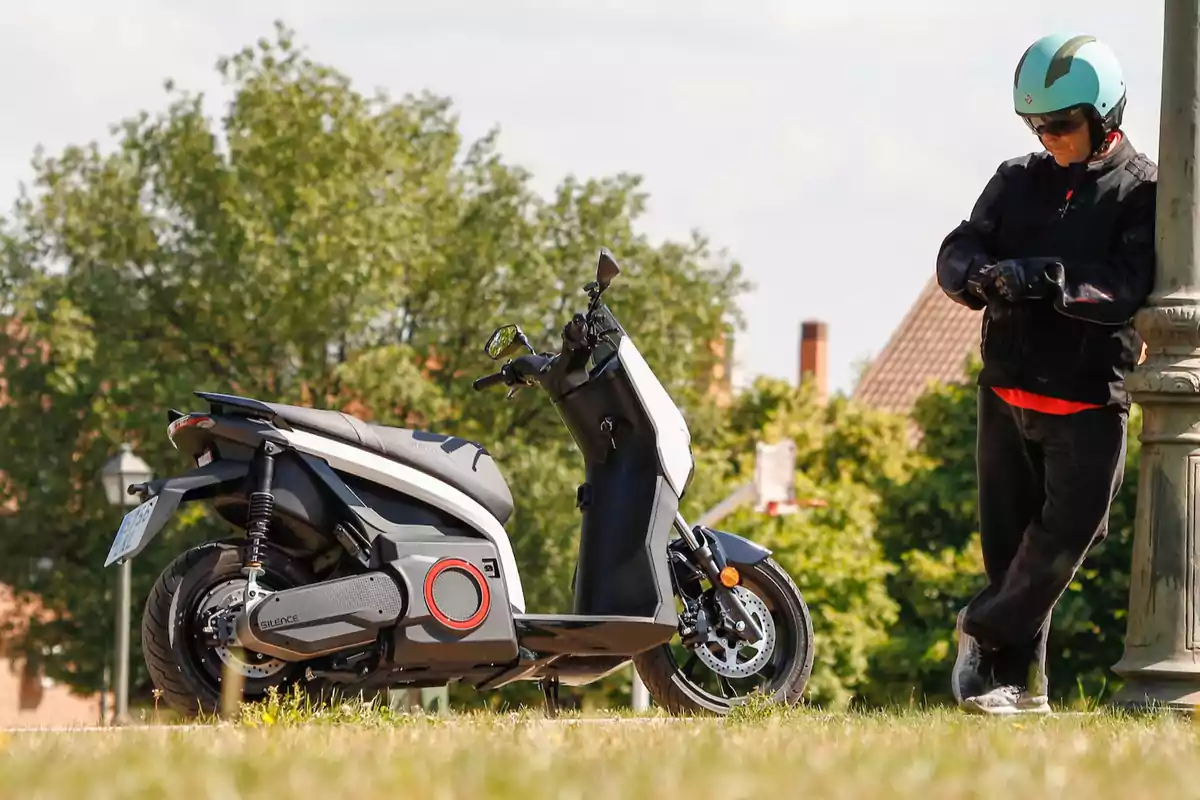
It's very important, therefore, that both the hardware and software of this component are high quality.
More and more motorcycles allow you to configure the riding style through the dashboard or mobile apps. You can adjust the regeneration level, power mode, or throttle response.
Conclusion: are you ready for an electric motorcycle?
An electric motorcycle isn't better or worse than a gasoline one. It's different. It has clear advantages in the city and for short daily trips.
It's easy to use, economical, and increasingly accessible.
In segments like mopeds, the purchase price has already leveled out and, therefore, the electric one has clear advantages if you're simply looking for a mobility solution.
Among the 125 cc equivalents, they're getting closer. Some already have good quality and enough range without being much more expensive than gasoline ones.
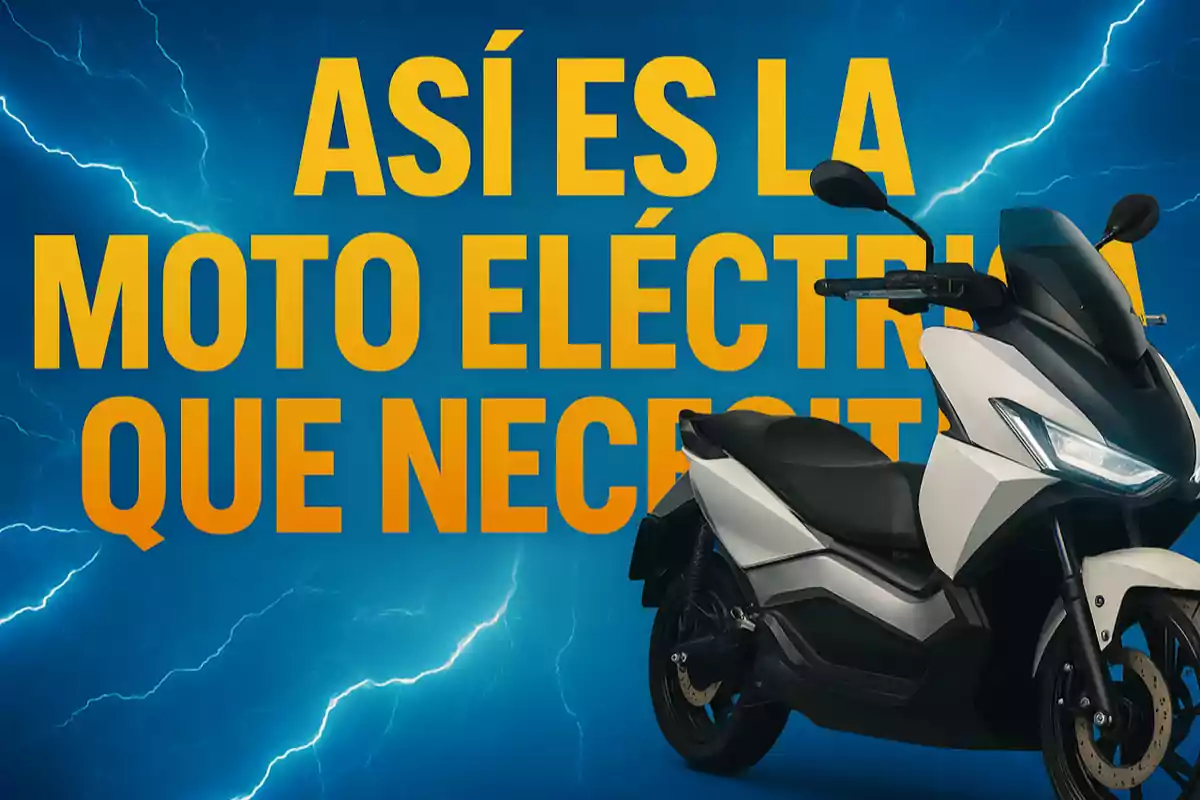
Above that level of performance, things start to get more complex, with motorcycles that are really more expensive than their gasoline equivalents.
They still have significant limitations in range, charging times, and ease of refueling.
If you're sure that your use will be mainly urban, you can charge it at home. That way, you prioritize savings over the classic sensations of a motorcycle. Then you're ready to make the leap.
That said, don't buy blindly. Get informed, compare data, test different models and, above all, be clear about how you'll use it.
Choosing your first electric motorcycle well is the first step to truly enjoying this new way of moving on two wheels.
More posts: